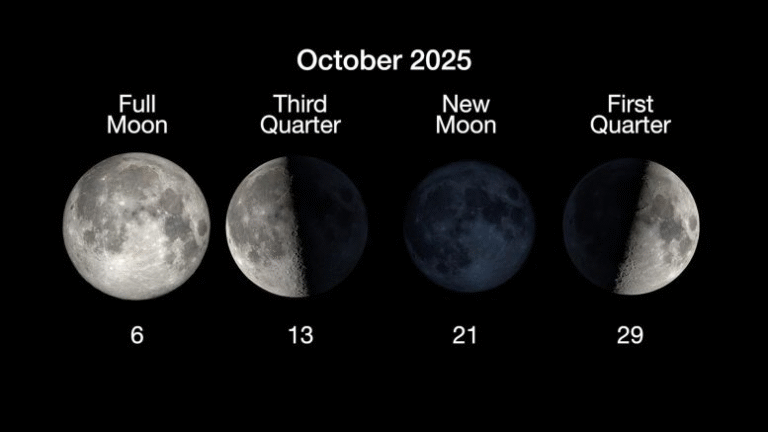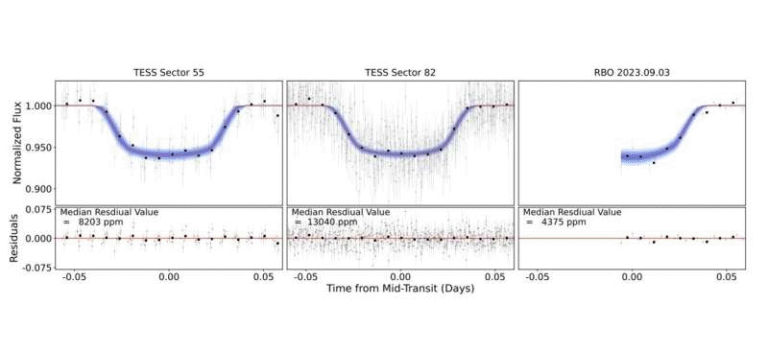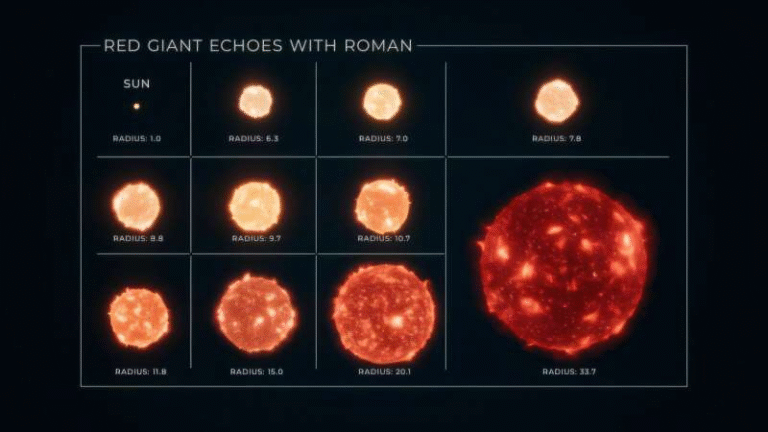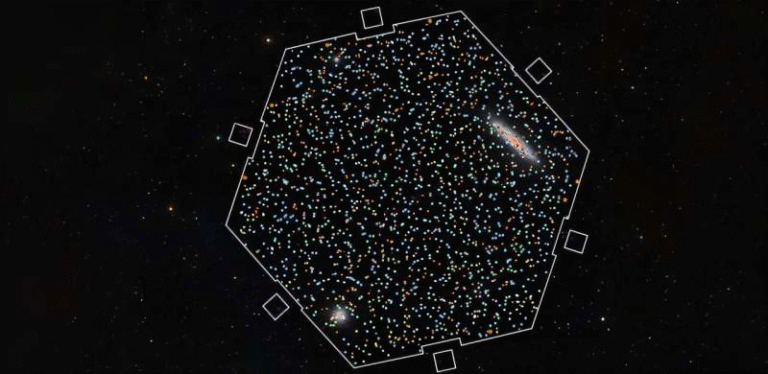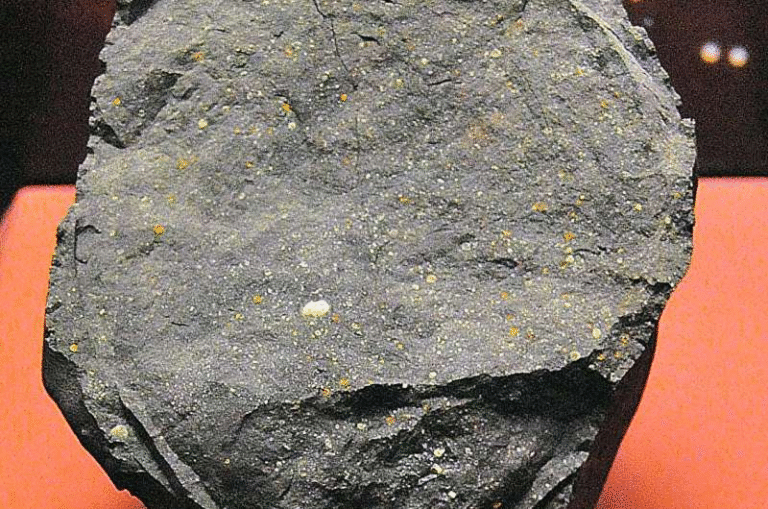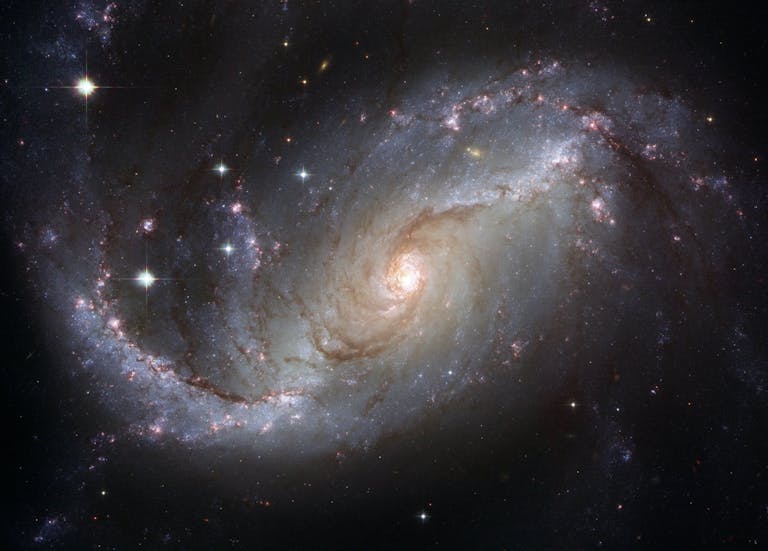Astronomers Trace the Brightest Cosmic Radio Flash to a Distant Galaxy

Astronomers have just pulled off something extraordinary: they tracked down one of the brightest fast radio bursts (FRBs) ever detected and pinpointed its cosmic birthplace with record-breaking precision. The event, playfully nicknamed RBFLOAT (short for “radio-brightest flash of all time”), came from a galaxy about 130 million light-years away.
And the best part? It all happened thanks to a new extension of the CHIME telescope system, called the Outriggers.
A Cosmic Flash Unlike Any Other
FRBs are brief, powerful bursts of radio waves that erupt across the universe, often lasting just milliseconds. They’re so intense that in a blink they can release more energy than our Sun produces in days or even years. RBFLOAT, spotted in March 2025, released the energy equivalent of four days of solar output in just a fraction of a second.

At first, the signal was so strong that researchers thought it was interference from something mundane like cell phones or airplanes. But after digging deeper, they realized this was the real deal—a genuine burst from deep space. Unlike some FRBs that repeat, RBFLOAT delivered its dazzling show once and only once.
How They Found It
Detecting an FRB is already a big deal, but tracing its exact location is much harder. That’s where CHIME’s Outriggers came in. By combining observations from stations in British Columbia, West Virginia, and California, astronomers triangulated the burst’s origin to a spiral arm of a galaxy near the Big Dipper constellation.
The precision? An astonishing 42 light-years across—a cosmic pinpoint that’s smaller than a star cluster. This is the first time the Outriggers, now fully operational, have been used to achieve such accuracy.

Follow-up observations with powerful telescopes like Keck in Hawai‘i and MMT in Arizona revealed even more: the burst came from the edge of a star-forming region. That detail is important because it adds weight to the idea that FRBs are powered by magnetars, the ultra-magnetic remains of massive stars.
Why It Matters
Until recently, most FRBs were mysterious flashes that appeared and vanished before scientists could learn much. But now, with tools like the Outriggers, astronomers can tie these events to specific galaxies and neighborhoods within those galaxies.
This breakthrough marks a turning point. Researchers expect to localize hundreds of FRBs every year, compared to only about a hundred in the past eight years combined. Each new pinpoint brings fresh clues about what causes these bursts—whether it’s magnetars, dying stars, or something we haven’t even imagined yet.
A New Era of FRB Science
The discovery of RBFLOAT isn’t just about one spectacular flash—it signals the beginning of a new phase in astrophysics. With CHIME and its Outriggers scanning the skies, we’re entering a period where FRBs can be studied systematically instead of sporadically.
For now, RBFLOAT stands as both a record-breaker and a symbol of what’s possible. In a universe full of mysteries, these fleeting cosmic beacons may soon reveal secrets about how stars die, how galaxies evolve, and perhaps even open up questions we don’t yet know to ask.
The message is clear: the cosmos still has surprises waiting for us, and with the right tools, we’re finally ready to catch them.
